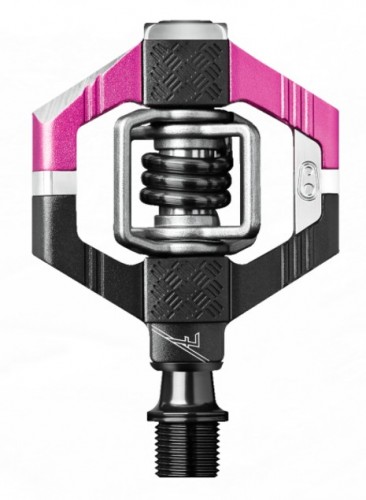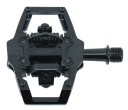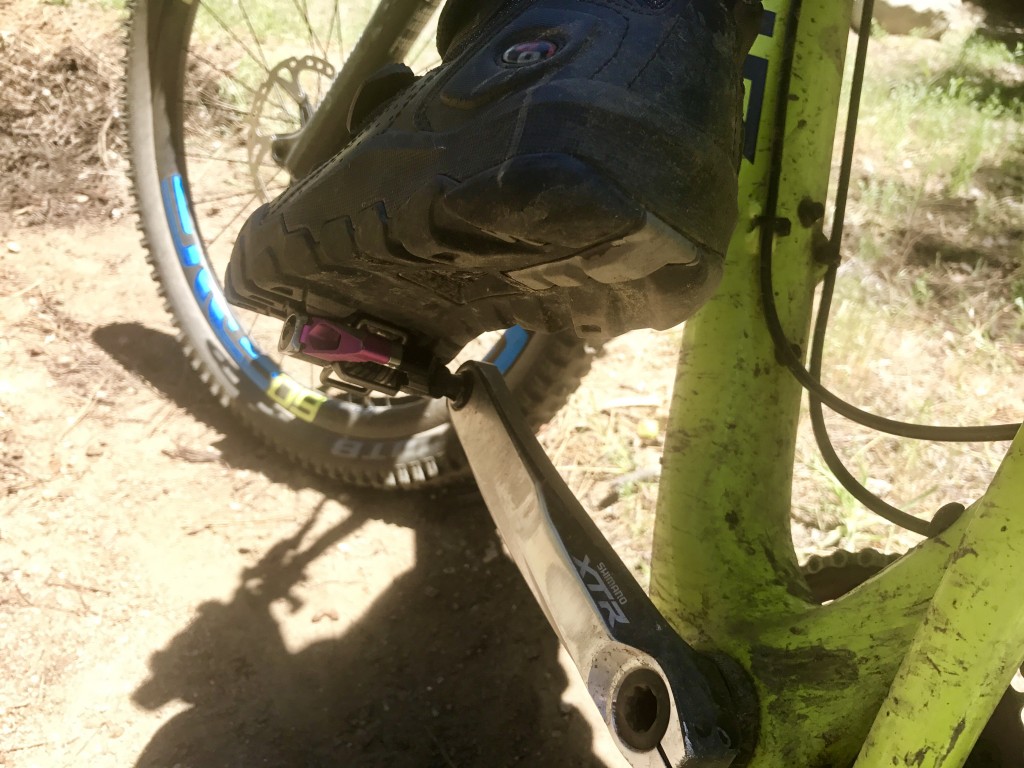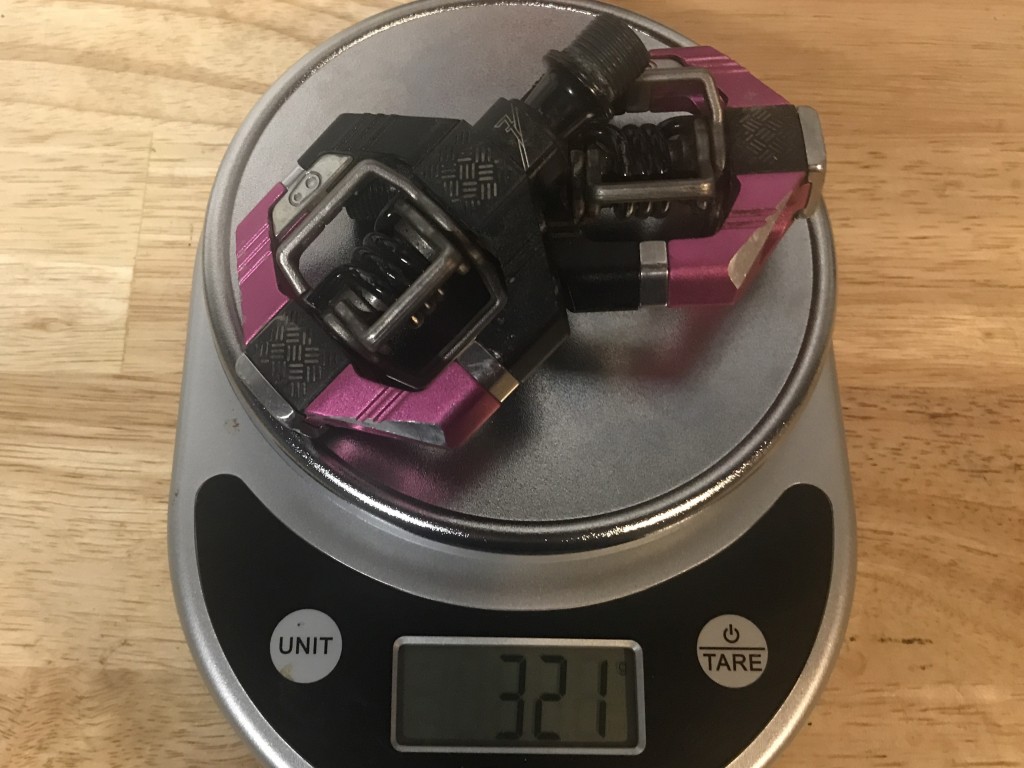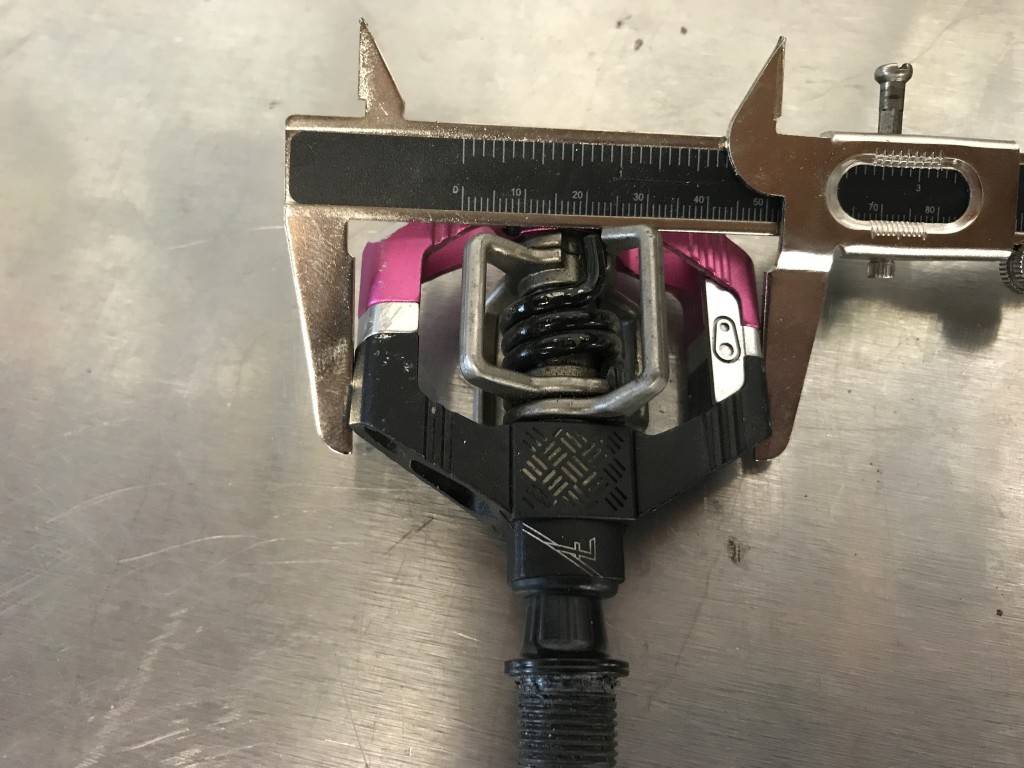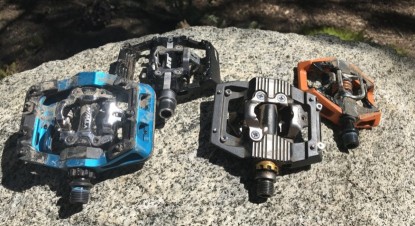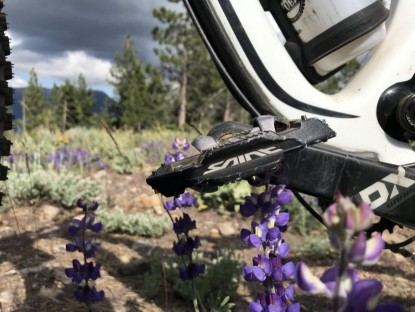Crankbrothers Candy 7 Review
Our Verdict
Compare to Similar Products
 This Product
Crankbrothers Candy 7 | |||||
|---|---|---|---|---|---|
| Awards | |||||
| Price | $125.56 at Amazon Compare at 2 sellers | Check Price at Backcountry Compare at 4 sellers | $103.48 at Amazon Compare at 3 sellers | $50.52 at Amazon Compare at 4 sellers | Check Price at REI Compare at 2 sellers |
Overall Score  |
|||||
| Star Rating | |||||
| Bottom Line | A simple mini platform pedal, it doesn't have much platform or adjustability but it's good all around | Stable platform, highly adjustable and available in a multitude of colors | Shimano's latest enduro approved pedal grows up a bit and the refreshes are mostly welcome | A solid choice for those wanting next generation stability at an entry-level price point | Solid, stable and heavy, we found the control they offer top-notch |
| Rating Categories | Crankbrothers Candy 7 | HT Components T2 | Shimano PD-M8120 XT... | Shimano ME700 | Shimano Saint SPD M820 |
| Ease of Exit (25%) | |||||
| Ease of Entry (20%) | |||||
| Adjustability (20%) | |||||
| Weight (15%) | |||||
| Platform (10%) | |||||
| Mud Shedding Ability (10%) | |||||
| Specs | Crankbrothers Candy 7 | HT Components T2 | Shimano PD-M8120 XT... | Shimano ME700 | Shimano Saint SPD M820 |
| Weight per Pair (grams) | 320g | 380g | 430g | 482g | 550g |
| Weight of Cleats and Bolts (grams) | 33g | 62g | 51g | 50g | 50g |
| Cleat Type | Crank Brothers brass | HT X1 cleats | SPD mountain | SPD mountain | SPD mountain |
| Style | mini-cage | mini-cage | mini-cage | mini-cage | mini-cage |
| Platform Dimensions (lxw) | 75 x 68mm | 83.5 x 68mm | 100 x 71mm | 100 x 74mm | 100 x 79mm |
| profile height | 21mm | 17mm | 18mm | 19mm | 19mm |
| Q-Factor | 52mm | 56mm | 55mm | 55mm | 57mm |
| Total Width from Crank Arm | 88mm | 90mm | 92mm | 93mm | 95mm |
| Entry | 2-sided | 2-sided | 2-sided | 2-sided | 2-sided |
| Adjustable Tension | no | yes | yes | yes | yes |
| Traction Pins | 0 | 8 grub pins | 0 | 0 | 4/side |
| Bearings | Igus LL glide bearing / Enduro cartridge bearing | Stainless Steel sealed cartridge bearings | dual angular contact, metal retainer | dual angular contact, plastic retainer | dual angular contact, metal retainer |
| Cage Material | 6061 Aluminum | extruded/CNC machined aluminum | anodized and machined aluminum | painted aluminum | forged and machined aluminum |
| Pedal Wrench Type | 8mm allen | 8mm allen | 8mm allen | 6mm allen or 15mm open end | 8mm allen |
Our Analysis and Test Results
The Crankbrothers Candy pedals are their mid-size, small platform pedals, offered in five different models. The Candy 7 that we put through the wringer is the lowest-priced model you can get featuring their new traction pads. Crankbrothers describes them as lightweight yet durable and dependable. Most performance-oriented mountain bike products strive to strike this balance, and the Candy 7 succeeds. Let's look at the rest of the story.
Performance Comparison
Ease of Entry
The mini platform of the Candy makes them much easier to access than the standard Eggbeater. Although the mechanism features four-sided engagement, the mini platform makes it essentially a two-sided pedal. Similar to our thoughts on the Crankbrothers Mallet E, the engagement mechanism isn't always in the proper orientation inside the pedal which can complicate entry. The feeling of engagement is typical of Crankbrothers and not incredibly consistent, sometimes you hear a snap while other times, it's a vague click. You get used to it after spending some time on them and doesn't tend to be an issue for most of our testers, just our observation. The Shimano XT M8120 by contrast, gives a decisive engagement sound, a reaffirming audible 'click'.
Ease of Exit
The Candy is quite easy to get out of. Without any traction pins to get hung up on, a simple heel twist and you're free of the pedal. The sound and feel of release are also a bit vague, but release comes at the angle dictated by the cleat installation, 15 or 20 degrees. When twisting out, you're not sure if you're pushing against the spring tension or just encountering friction from the traction pad. You can swap out the traction pads with different thicknesses, resulting in more or less friction between the shoe and pedal. Getting the right fit helps to distinguish between the forces holding you in. We felt the Candy 7 release was far superior and more reliable than the Time ATAC XC 8. While they both had a faint feel, the Candy released with the same level of effort on each attempt.
Adjustability
Other than cleat placement and traction pad thickness mentioned above, the Candy 7 offers no adjustability. It's a limiting factor on the Crankbrothers pedals but if you're of average skill and weight, the mechanism seems to do a pretty good job keeping you secure and releasing when you needed. The traction pads provided with the pedals are either 1mm or 2mm thick and swapping them out changes the level of contact with the shoe's sole.
By increasing or decreasing this interface, it gives more or less friction to your heel float. Crankbrothers also offers a 0-degree float cleat that enhances pedal efficiency. The inability to adjust the release tension is a product of the simple design; we like the design, but the pedal loses points to every non-Crankbrothers pedal in the test for its 'one size fits all' tension.
Weight
At 320 grams, the Candy 7 is a lightweight pedal. This is the upside of having no adjustability, you're not weighed down by the extra hardware. The XTR M9120 pedal featuring adjustable release tension came in 52 grams heavier on our scales and the steel Shimano SPD cleats add 17 grams over the Crankbrothers brass cleats.
Platform
In many ways, the size of the platform on the Candy 7 is nice. It achieves the objective of aligning the pedal with the cleat and the surface of the traction pads to provide a reasonable pedaling platform. The platform stops the pedal from rolling underfoot but as with the Mallet E, hides 2 of the entry points. Analyzing pedal-to-shoe fit, the Candy 7 and Mallet E have almost identical amounts of contact on our cross-country test shoes. Using the softer rubber-soled Five Ten shoes, our interface was greatly increased with the Mallet E. We rated the platform much better on the Mallet E because of this. It's important to pick the right shoes to utilize the size and function of your pedals.
We find the Candy 7 to be the sweet spot of the Candy pedal's price point. At $169 you get the traction pads that the 3 less expensive models lack and you're not dropping $450 for the titanium-clad Candy 11. Crankbrothers pedals haven't exactly been known for their durability but starting in 2016 all models have been upgraded to new Igus LL Glide Bearings, Enduro cartridge bearings, a double lip internal seal, and a new external seal. Keeping the muck out should prolong the life of these pedals or at least the stints between servicing.
Conclusion
The Candy 7 is a noticeable upgrade over previous iterations of Candy pedals. If you're not discouraged by their lack of adjustability we think they provide a nice compromise of light weight, ease of entry and mud-shedding ability. We'd recommend these pedals for a wide range of bikes, light enough to thread into a racing hardtail yet stable enough to grace our 5" trail bikes. We find the pedal caters better to those using stiffer soled all mountain and cross country shoes.
Recommended Pairing
This pedal can be worn with either a stiff-soled cross-country shoe or a slightly softer trail-riding shoe. The small platform does provide some lateral support, so that increases the options.


